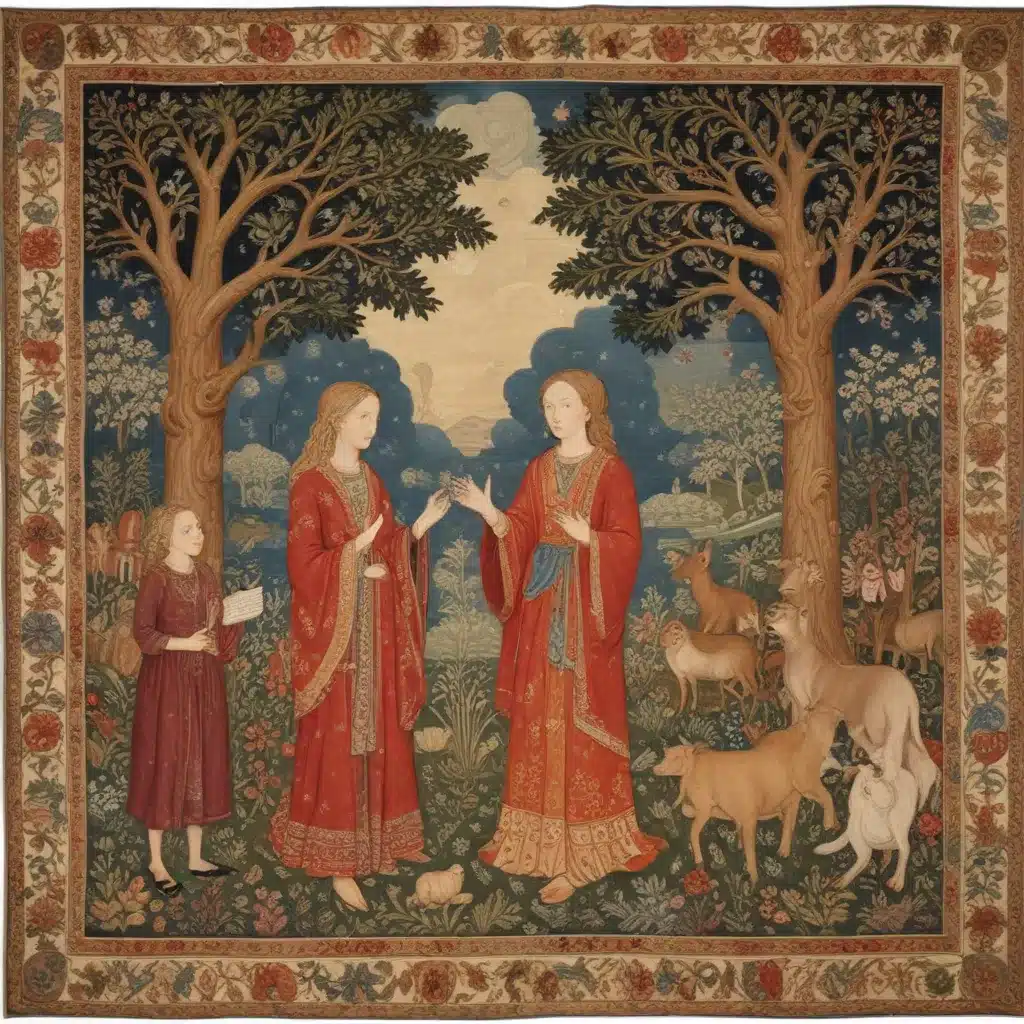
The Power of Visual Narratives
In the mesmerizing realm of visual art, where expressive colors and bold patterns grace monochromatic canvases, a profound form of storytelling emerges. Art, in its myriad forms, serves as a universal language, transcending the barriers of culture and language. Through the canvas, the sculptor’s chisel, or the lens of a camera, artists weave tales that captivate, inspire, and challenge us.
At the heart of every exceptional work of visual art lies a story, waiting to be told. It’s a profound expression of the artist’s soul, a reflection of their experiences, beliefs, and emotions. Whether it’s a painting, sculpture, photograph, or any other medium, artists utilize their creations as vessels for narratives that touch the human spirit.
These narratives can be overt, with a clear storyline, or subtle, leaving room for interpretation and introspection. Consider, for example, Vincent van Gogh’s iconic “Starry Night.” This masterpiece is not merely a depiction of a serene night sky but an emotional outpouring of the artist’s struggles with mental health and his yearning for tranquility. The swirling stars and the quiet village below become metaphors for the turmoil within his mind.
Narrative art transcends mere aesthetics; it delves deep into the realm of emotional resonance. It seeks to connect with the viewer on a profound level, stirring feelings and thoughts that linger long after one has left the gallery. It’s not limited to the traditional forms of storytelling with a beginning, middle, and end. Instead, it embraces the abstract, the symbolic, and the ambiguous.
Tapestries of Tradition and Identity
The tapestry of visual narratives is woven with threads of diverse cultural traditions and identities. From the intricate cave paintings of Lascaux to the bold, contemporary digital art installations, the storytelling aspect of visual art has remained a constant thread, binding generations and civilizations.
In the diverse mosaic of human creativity, cultural storytelling stands as a bridge that connects us, transcending borders and fostering understanding. The rich tapestry of diverse cultures unfolds through narratives that carry the echoes of traditions, beliefs, and experiences unique to each community.
For Indigenous communities, visual culture is deeply intertwined with their traditions, philosophy, and spirituality. These expressions, often mistaken as “art” in the Western sense, are integral parts of their cultural fabric, conveying stories, history, and religious practices. From the woven textiles of the Navajo to the ceremonial dances of the Pueblo people, these visual narratives are not merely decorative but reflect the holistic understanding of existence, where art, life, and spirituality are inseparable.
Contemporary Indigenous artists challenge the conventional boundaries of art, pushing for a recognition that acknowledges the unique cultural significance of their creations. By integrating traditional techniques and symbolism with modern materials and perspectives, they bridge the gap between past and present, highlighting the continuous thread of cultural identity and the enduring spirit of Indigenous artistry.
Narrative as Emotional Resonance
Narrative art possesses the remarkable ability to communicate complex ideas, evoke emotions, and leave an indelible mark on the viewer’s soul. It’s a silent dialogue between the artist and the observer, a conversation that transcends time and space. Artists utilize symbols, colors, composition, and even the absence of elements to craft narratives that resonate with diverse audiences.
Consider Grant Wood’s iconic “American Gothic.” The stern expressions of the farmer and his daughter, set against a backdrop of a simple farmhouse, evoke a narrative of resilience, tradition, and the American spirit. This visual narrative speaks to the challenges and hopes of an era and a nation.
Narrative art is a vessel for emotional resonance, leaving an enduring cultural print. It captures the essence of a time, place, or society, evoking nostalgia, provoking critical thought, or reflecting the realities of our world. Frida Kahlo’s self-portraits, for instance, resonate deeply with themes of pain, identity, and femininity, inspiring countless artists and feminists worldwide.
For artists, storytelling art is a potent form of creative expression. It allows them to explore the intricate interplay of life’s dualities through the canvas. In this dance between the vivid and the restrained, they find the means to express the full spectrum of emotions and perspectives.
The Art of Storytelling in Visual Culture
Narrative art is a captivating journey into the human experience. It’s a testament to the power of images and their ability to communicate, connect, and captivate. As we explore the narratives within visual art, we discover not only the stories that artists tell but also the stories that we carry within us, forever intertwined with the art we cherish.
Whether it’s the vibrant canvases of Frida Kahlo, the thought-provoking installations of Ai Weiwei, or the action paintings of Jackson Pollock, visual art invites us to embark on a journey of cultural exchange without leaving the confines of our own space. These narratives become gateways for individuals to explore unfamiliar cultures, fostering a sense of curiosity and appreciation.
In the spirit of inclusivity, visual storytelling becomes a shared celebration, an acknowledgment of the beauty that emerges when diverse voices come together to tell the tales of our shared humanity. By embracing the narrative tapestries woven through art, we contribute to a collective mosaic that celebrates the myriad hues of the human experience.
As you navigate the rich and diverse landscape of visual art, allow yourself to be captivated by the stories that unfold before you. Immerse yourself in the emotional resonance, the cultural traditions, and the universal language of the canvas. For in these narrative tapestries, we find a reflection of our own humanity, a bridge that connects us to the shared stories that define our collective experience.
To explore more about the power of visual narratives, be sure to visit Pencil and Paint Muse – a hub for artistic inspiration, practical tips, and in-depth insights into the world of art.